You are here
Ulytau in “Book of the Shah’s Glory”.
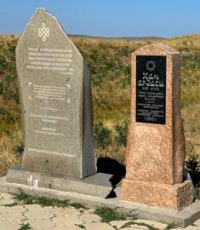
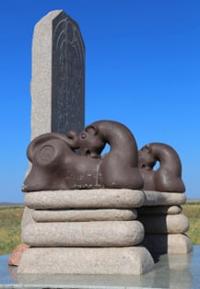
Heart of Kazakh nomads is Ulytau Mountains.
"Strong leaders of troops, some of them are cruel,
They came dressed in skins like wolves,
Their faces, like garlic, are full of folds and convolutions,
Their eyes are hidden in the folds of their eyebrows.”
Masnavi. Hafiz-i Tanish Bukhari. "The Book of Shah's Glory", chapter Sharaf-Nama-Yi Shahi.
Travels and tour in Ulytau.
Since ancient times, Ulytau has been considered the center of nomadic civilization. It was in this place that the eldest son of Genghis Khan, Zhoshi, established his headquarters in 1223. To this day, traces of Zhoshi Khan's headquarters, the names of which have changed (Saraily, Saray, Horde Bazaar), are visible on the territory of the commander's mausoleum.
A lot has been written about Ulytau as a political center that played a major role in the formation of the Kazakh Khanate in the 15th - 19th centuries. A lot has been written about the flora and fauna of the Ulytau Mountains.
But one of the first and fascinating descriptions of Ulytau - “the most beautiful place on earth”, is the description of the court historian, poet Hafiz Tanish ibn Mir Muhammad al-Bukhari, which he made in the historical work “The Book of the Shah’s Glory”.
The book (its other names: “Abullah-name” - a book about Abdullah Khan, “Sharaf name-iy Shahi” - “Book of Praise of the Shahs”, “Zafar-name” - “Book of Victories”) is written in Persian and is dedicated to one of prominent supreme rulers to Khan Abdullah II, his state activities and military campaigns.
To make it clear to the reader, let us dwell on a brief biography of Abdullah Khan, who ruled Bukhara from 1561 to 1598. Historians compare him with the great Timur, and sometimes write that Abdullah Khan is the great ruler of the Shaybanid Dynasty, who has no analogues in history.
Abdullah's reign took place during the period of internecine wars between the rulers of Tashkent - Baba Sultan and Dervish Bek. Abdullah Khan sought to unite the scattered uluses of the Sheibanid state. To this end, having started a war, he gains the upper hand with the help of the rulers of the Kazakh Khanate and the Kazakh sultans.
As a result, in 1573 he took the city of Balkh, in 1574 - the cities of Shakhrisabs, Karshi and Hissar, and already in 1576 the large cities of Samarkand and Tashkent were under his control. It is appropriate here to mention the Tashkent conspiracy.
This happened in 1580. Baba Sultan and Buzahur Sultan took part in the conspiracy. As a result of the conspiracy, the Khan of the Kazakh Khanate Khaknazar and his sons died in an unequal duel. The Kazakh Sultan Shygay and his son Tauekel turned to Abdullah Khan in order to join forces to curb Baba Sultan and thus avenge the death of Khaknazar Khan.
Having learned about the plans of the Bukhara Khan and the Kazakh sultans, Baba Sultan and his entourage retreated to the east right into the heart of the Kazakh nomads - to the Ulytau mountains. Here he wanted to prepare for a future battle, to gather an army from among the tribes living in the vicinity of Ulytau and supporting him.
The Ulytau military campaign against Baba Sultan and Buzakhur Sultan began. Abdullah Khan arrived in Ulytau along the path of the Great Timur, whose route in 1391 ran from the city of Turkestan, through the Sauran fortress, the ancient settlements of Aksumbe, Belen-ana, Talmas-ata, Bolgan-ana.
The historian of Timur Sharafaddin Yazdi reported about this difficult journey: “Due to the long march and small amount of water, the horses became weak and exhausted. On Thursday of the first Zhumadi, i.e. On April 6, 1391, we arrived in the area of Saryg-Uzen.”
Sharafaddin Yazdi by Saryg-uzen means the full-flowing Sarysu River. Before entering Ulytau, Timur makes a long stop at the ancient settlement of Bolgan-ana, which is located at the confluence of the Kengir and Sarysu rivers.
Abdullah Khan also makes a long stop at the same place. Hafiz Tanish talks about this in the “Book of Shah’s Glory”: “His Majesty Abdullah Khan, taking off his weapons and chain mail, set out and, arriving in Bolgan Ana, made this place happy by stopping there. He called the prisoners and asked them in detail about the state of affairs among the enemies.
They, bowing their heads in supplication to the ground in submission, said: “We left Baba Sultan and Buzakhur Sultan for hunting to go to Kara-Khoja. Therefore, all we know about the state of affairs among the enemies is that they are in fear and horror in the Navaja region of Ulug-Tag...”
Having learned about the state of affairs, Abdullah Khan hurried his army. “The ruler of the seven belts of the earth Abdullah Khan at night reached the middle of Ulug-tag, which is the best area in Desht-i-Kipchak,” we read from Hafiz Tanysh.
Yes, indeed, the mountains of Ulytau, Kishitau, Arganats, the basins of the deep rivers Sarysu, Kengir, Zhezdy were once the favorite places of the rulers of Desht-i-Kipchak. In the vast expanses of Ulytau, monuments of those times have still been preserved, proving that the Ulytau Mountains played an important cultural and economic role in the formation of nomadic empires.
Hafiz Tanish continues: “The next day the khan mounted a wind-footed horse and went with a huge crowd of people to look at these mountains. In this endless steppe, where a bird could hardly fly through the high peaks, where the wind was powerless to embrace the expanses of the plains, the khan saw a mountain that raised its peak to the highest zenith, which tore the veil on the face of heaven.
Imagination did not even dare to dream of climbing to its peaks; thought considered it useless to imagine the happiness of climbing them. The middle of the mountain is decorated with stones that shine like the twinkling stars in the constellation of Gemini.
Its top is decorated with a brilliant crown of multi-colored stones. At its foot lie valleys, in the valleys there are life-giving springs, numerous rivers, countless trees and everywhere exceptionally beautiful lawns, extremely pleasant meadows reminiscent of a lovely Garden of Eden, countless like the leaves of trees, all kinds of blossoming flowers.”
This is how the historian Abdullah Khan describes the pristine nature of the beautiful Ulytau. Academician K.I. Satpayev writes: “The Ulytau Mountains rise above sea level by more than 1 kilometer. The vegetation in this part of the area is rich.
The mountain slopes are covered with juniper thickets.” And one more thing: “in the Ulytau mountains, on the top of Altynchoku, there are the ruins of both - the pyramids of Tamerlane, erected in 1391 in honor of the famous victorious campaign against the Golden Horde. A stone memorial slab has been preserved near the ruins of both.”
We have already talked about this memorial stone, but it is worth mentioning once again that in April 1391, during Timur’s campaign, his soldiers erected a pyramid of stones, on which was an inscription telling that Sultan Temirbek of Turan with a two hundred thousand army went to the blood of Toktamysh Khan.
Almost 191 years after this event, i.e. in May 1582, following the example of Timur, Abdullah Khan, having arrived in this area, ordered the construction of a mosque opposite Timur’s pyramid, with which he immortalized his Ulytau campaign.
The historian Hafiz Tynysh in the “Book of the Shah’s Glory” did not forget to emphasize this detail and writes: “Lord Abdullah Khan, majestic as the sky, climbed to the top of that mountain and looked around at the endless expanse, the length and width of which only the Lord knows.
The Khan stood here that day before the noon prayer and directed his thoughts to ensure that the soldiers collected a lot of stones and built a high mosque in this high majestic area in order to capture on the pages of time the memory of the high deeds and glorious deeds of the powerful padishah...".
We know a lot about Timur’s slab, but probably few have heard about the Abdullah Khan mosque. Maybe we don’t notice the ruins of the mosque? Maybe inquisitive minds will be found and the place where the prayer structure was once erected will be found?
Having set out to find out at least something more about the construction, we turned to the works of K.I. Satpayev and found the following in the article “Prehistoric monuments in the Dzhezkazgan region”: “30 kilometers west of Ulutau, on the top of Mount Altynchoku, rising above the rich pastures of the valley of the Sorely and Dzhetykyz rivers, there are the ruins of some ancient structure made of brick and beautiful amphibolite slabs with slagged and glazed surfaces.
Near the ruins, somewhat lower down the mountain slope, there is a stone slab…” Could it be that “the ruins of some ancient structure” made of brick and stone are the mosque built in May 1582 by Abdullah Khan?
The life-giving nature of Ulytau, the victory over Baba Sultan and the built memorial mosque calmed the heart of Abdullah Khan and prompted him to think, and “Abdullah Khan, together with a detachment of warriors who were constantly present at his high meetings and conferences, wanted to have fun in this paradise-like area , where the morning breeze was like a heavenly wind, and the clear waters resembled a source of living water.
From the happiness caused by the victory, for several days the khan enjoyed and had fun in this area, where the capital of Jochi Khan and his glorious sons was located.” Abdullah Khan, surrounded by his retinue and viziers, hunted for several days:
- “So much game was killed in these steppes that the army, given the scarcity of food, took away only the fatty ones, leaving the lean ones. Among the different types of gazelles, the warriors discovered here gazelles that are larger than a buffalo.
The Mughals call them “kandagai”, and the inhabitants of Dasht call them “bulan” (i.e. elk)…. The writer of these lines heard from His Majesty Abdullah Khan that in this steppe at night mice come out of their holes and sing like nightingales,” wrote Hafiz Tanish in the “Book of the Shah’s Glory.”
The reader will probably agree that he has hardly encountered a more beautiful description of the nature of Ulytau than in the “Book of the Shah’s Glory”. But here the question arises: have we preserved this priceless wealth? The answer we ourselves will give will be disappointing: “We didn’t save it.”
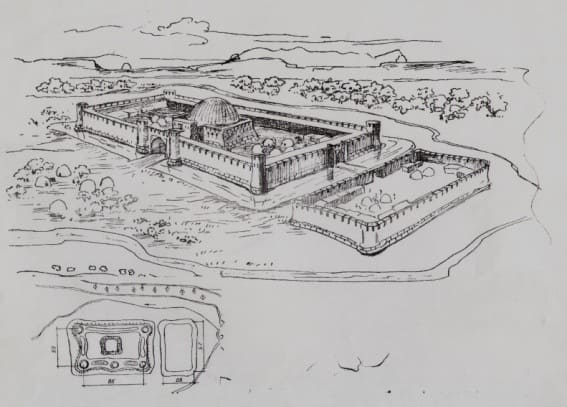
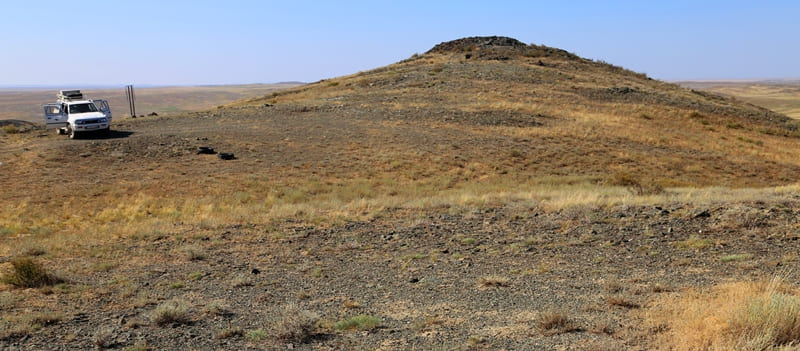
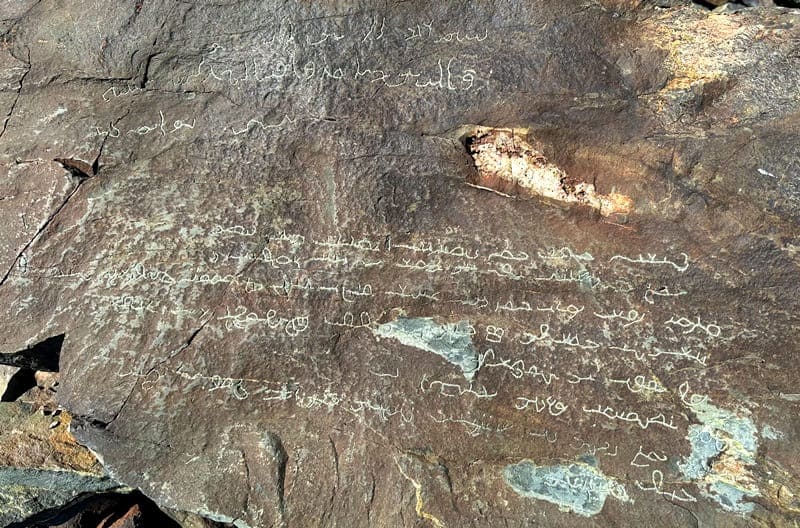
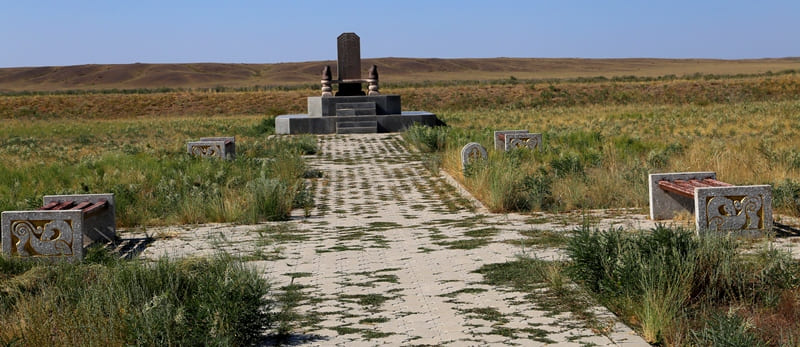
Authority:
Director of the Historical and Industrial Museum named after K.I. Satpayeva Kenzhal Balkenov.
Photos by:
Alexander Petrov.







